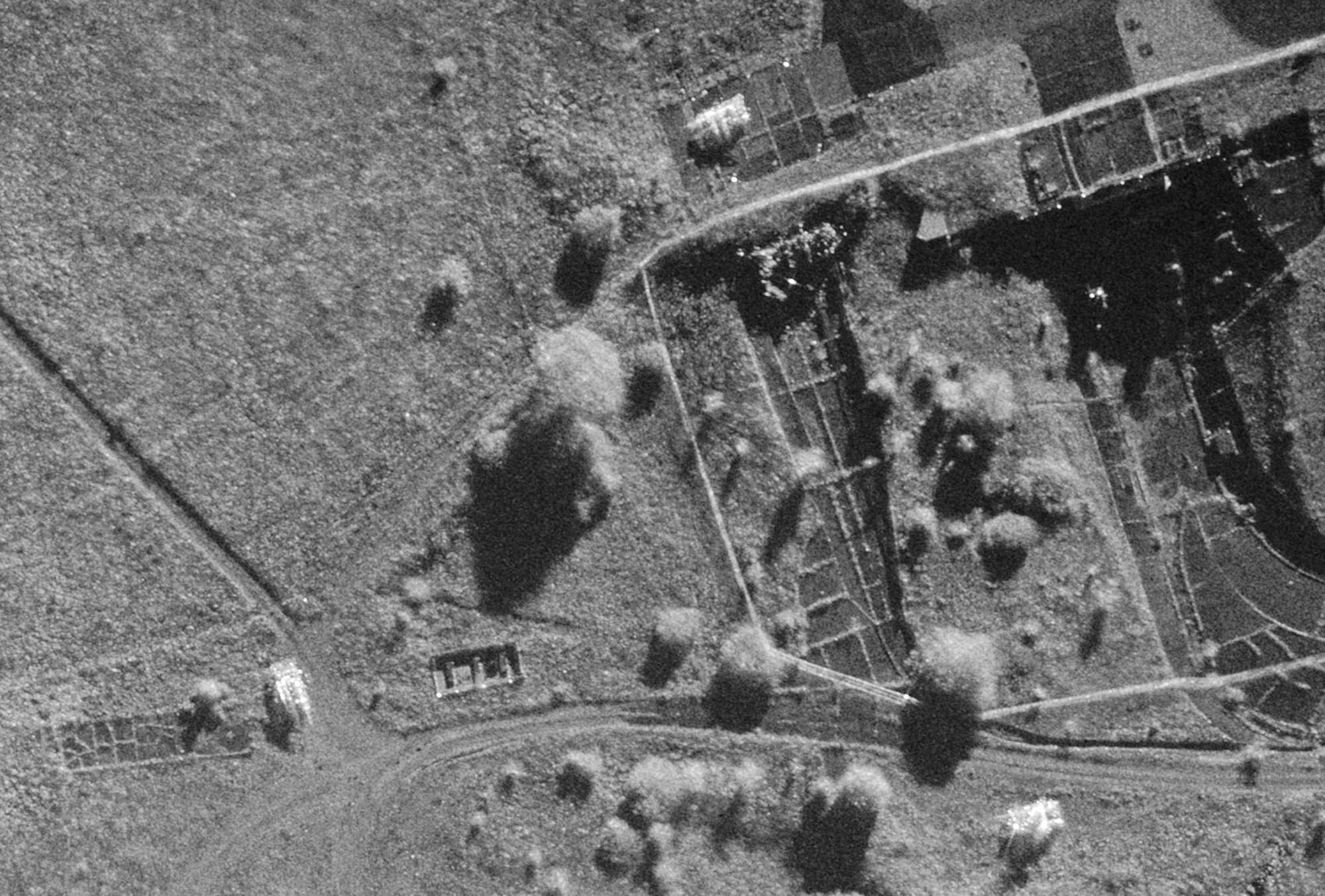NATO measuring campaign with the participation of Fraunhofer FHR Radar systems
Is it worth it to examine the same scenario using radar systems with different frequencies? Could this make it possible to distinguish dummies from weapons, for example? And what additional information can be obtained by capturing the same object from different angles? Fraunhofer FHR participated in a NATO measuring campaign that set out to answer these questions.
In July and August 2019, the microlite aircraft »Delphin« circled a military training area in England. The special thing was: The training area was examined from lofty heights using alternating Fraunhofer FHR radar systems mounted under the aircraft's wings. This was part of the Multidimensional Radar Imaging measuring campaign carried out by the NATO Research Group SET-250 with the participation of Italy, Poland, the United Kingdom, South Africa, Switzerland, the Netherlands, Australia, and Germany. In the summer, particularly the radar systems from England, the Netherlands and the German Fraunhofer Institute FHR were brought together.
What Is the Added Value Provided by Multisensory Radar?
The question that has to be answered by the measuring campaign and the upcoming follow-up research: What is the added value provided by multisensors and flexible imaging geometries – i.e. measurements with different frequencies, polarizations, viewing angles, and resolutions? Military radar systems usually operate in the ten gigahertz range. But different materials have different reflection properties at different frequencies: Thus, it is possible for an object to be transparent for a beam with a certain frequency, but visible when captured with another frequency. There should be a benefit from viewing a target using radar signals with different frequencies. It is expected that this will make it possible to better expose dummies – for example empty plastic tubes fitted to tanks instead of weapons. A kind of 3D effect should also be achievable when examining an object from different sides to then fuse the pictures.
Radar Systems with Frequencies from 1 to 94 Gigahertz
While the Dutch L-band radar operated at 1 to 2 gigahertz, the frequency of the British X-band radar was approximately 10 gigahertz. The two Fraunhofer FHR systems operated at 34 and 94 gigahertz respectively: The Ka-band system PAMIR-Ka features a high bandwidth, and in the long run, the antenna direction should be streerable in two directions – this will make it possible to look into the desired direction even when the aircraft is drifting. In contrast, the special feature of the MIRANDA-94 system is its high frequency of 94 gigahertz. Moreover, the system's main components were produced in Germany, mainly at Fraunhofer IAF in Freiburg. A next step will now involve analyzing the acquired data together and then combining them.
